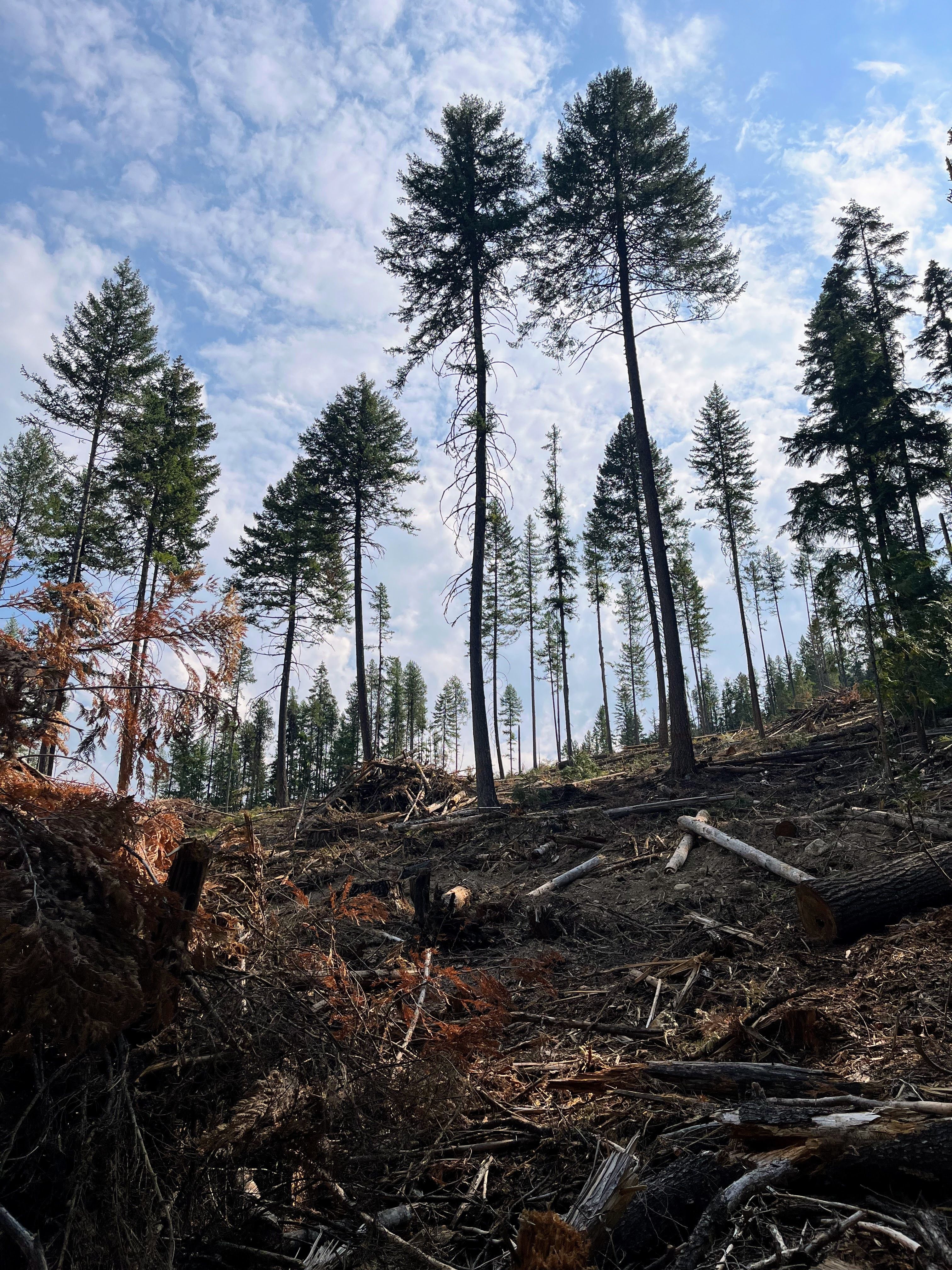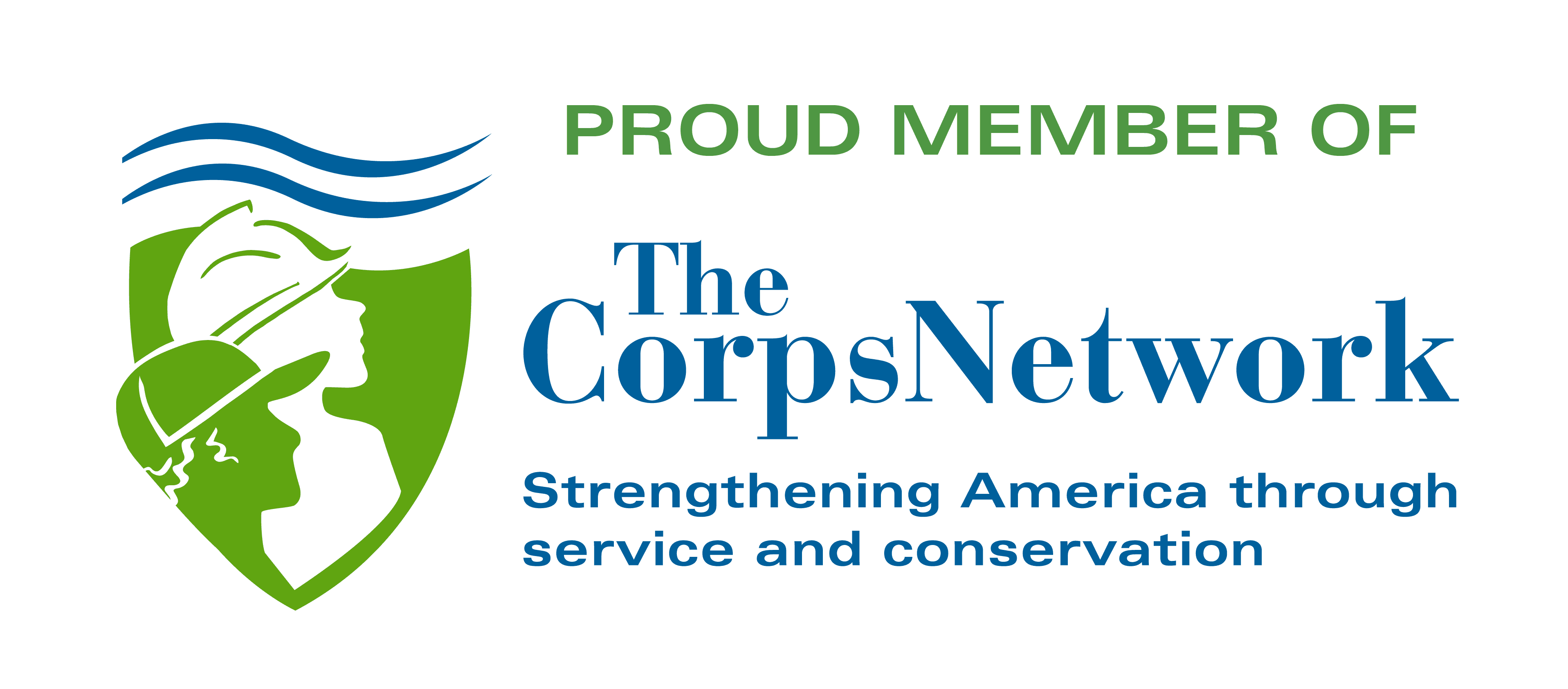
This whole season, my crew has been working with the Kootenai National Forest, mainly doing reforestation surveys. We primarily do 1st, 3rd, and 5th year surveys on logged areas to see how well the forest is bouncing back. Sometimes the areas have been planted, and sometimes they are natural regeneration. The forms that we fill out will follow the stand for the rest of that stand's life cycle, until it is logged again.
Going out to the units in the stand is sometimes hard, especially for the first 5 years of survey. We see the destruction that the logging industry brings, but we are aware of how it helps the national forest make money to keep operations going.
When we go to units for the Pre-Commercial Thinning (PCT) surveys when the strands are 15 years old. We see how the forest is resilient to our harm. It is so thick with trees that it's difficult to walk through, and we prescribe thinning so that the best trees can flourish and the stand will be more fire resistant.
That is the end of our involvement with the forest, but 50+ years down the line, the area will be logged again, and the future generation of forest workers will repeat a similar if not the same task of monitoring. I have learned that even though the process can be ugly it not done irresponsibly. They take everything into account, from wildlife, to soils, to human use, and make sure to cause the least amount of harm permanently.

![[Image Description: Two MCC members taking a brief break; one is sitting on a rock, the other is standing nearby. They are both in their uniforms, looking out at the expansive, mountain view surrounding them.]](https://cdn.firespring.com/images/c3f85e97-43a9-4810-8081-e8e6338173d0.jpeg)




